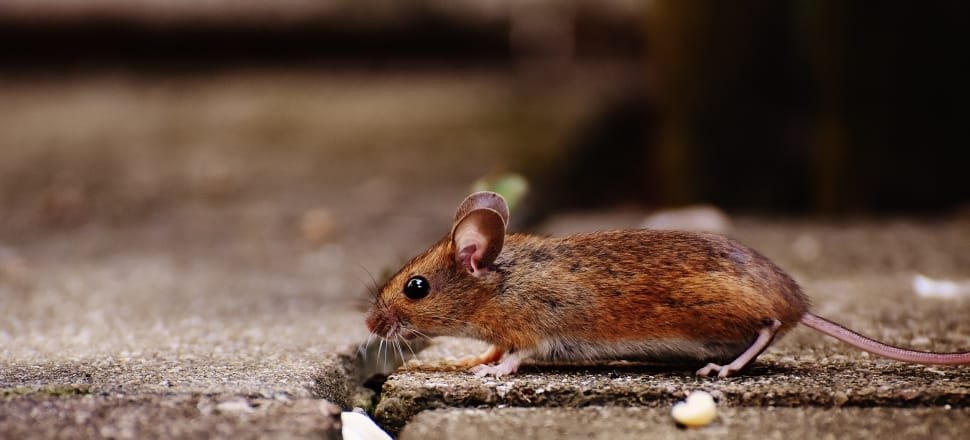House Mouse
One of the most economically important and commonly encountered is the house mouse. These commensal rodents come from Central Asia, however, spread all over the world insomuch you can find them throughout the US. These rodents are a nuisance as well as they can cause crucial property and health threats. In fact, house mice can fit quickly to changing situations as well as reproduce fast. A mama house mouse is able to give birth to 6 babies every 3 weeks and can produce 35 young yearly at max.

House Mice Identification:
Region: United States
Antennae: Negative
Size: 6.35-9.5 cm long
Shape: Round
Legs: Four
Color: Dusty gray with a cream abdomen
Features Of House Mice
Most house mice have cream-colored bellies as well as the dusty-gray body. Fur color differs depending on the rodent’s place from dark gray to light brown. These rounded-shaped bodies and 4-legs animals have pointed muzzles, as well as large ears with some hair. House mice’s tall range is between 6 to 9 cm, with 7 to 10 cm tails long.
Food That House Mice Eat
Generally, a house mouse likes eating seeds and cereal, but fruit, nuts, insects could be probably eaten. One single mouse can cause a terrible mess inside structures, it will spoil almost any human food, however the grain products.
Signs Of House Mouse Infestation
There are many signs, that tell you that house mice have occupied your home including:
Actual rodent: If a mouse was sighted rushing across the kitchen floor, it would probably be a family of mice hiding in someplace.
Damaged goods: Mice like better cereals or seeds, however insects that are trapped on glue boards would grab their attention easily and hurry to eat.
Odor: The strong-smelling urine of house mice may become marked especially if there are many house mice in a particular area, as they use their odor urine as a communication method.
Runways: You can sight the runways so easily, as they are with footprints, droppings, and rub marks because mice use the same pathways frequently.
Burrows: Insulation is one of the nesting materials house mice use to burrow.
Rub marks: Oily rub marks, that house mice often leave on walls behind their traveling can be sighted directly.
Tracks: House mice leave prints of their hind feet and front feet, five-toed prints, four-toed prints respectively.
Droppings: House mouse droppings have pointed ends and rod-shaped; they vary from hard, dried, moist, soft. These droppings measure about 0.31-0.635 cm long.
Gnaw marks: House mice could have smooth or rough gnaw marks.
Keep Your House Free of House Mice
First of all, you should seal all gaps wider than a pencil and holes larger than a dime with steel wool or silicone-based caulk. Always clean all surfaces from food morsels and crumbs, which house mouse loves. Keep your food stored in metal containers or sealed glass. And always remember, mice can hide in clutter, so you should keep areas clear to keep mice and other rodents out.
Share this to let other people know about it!

very informative articles or reviews at this time.